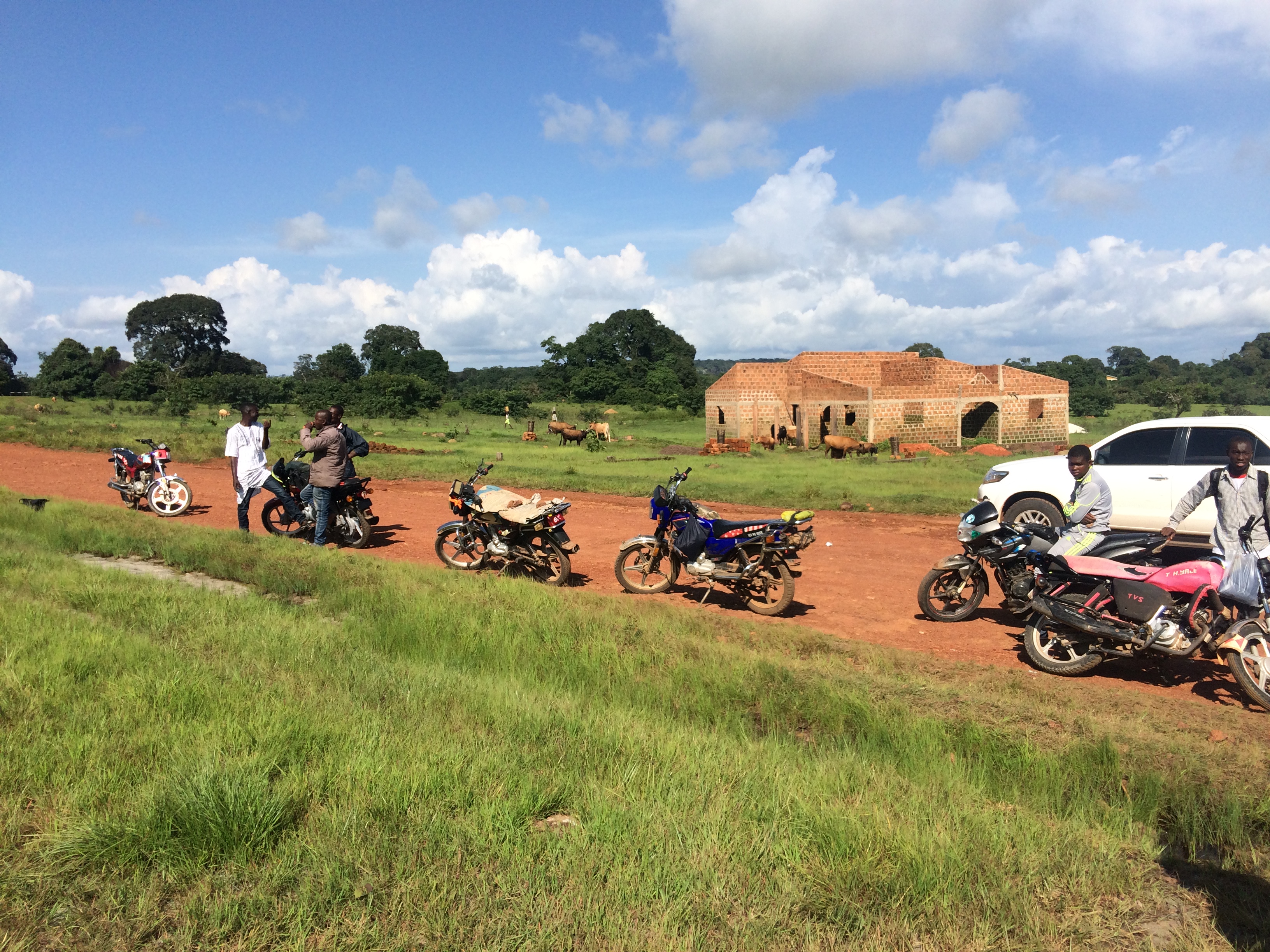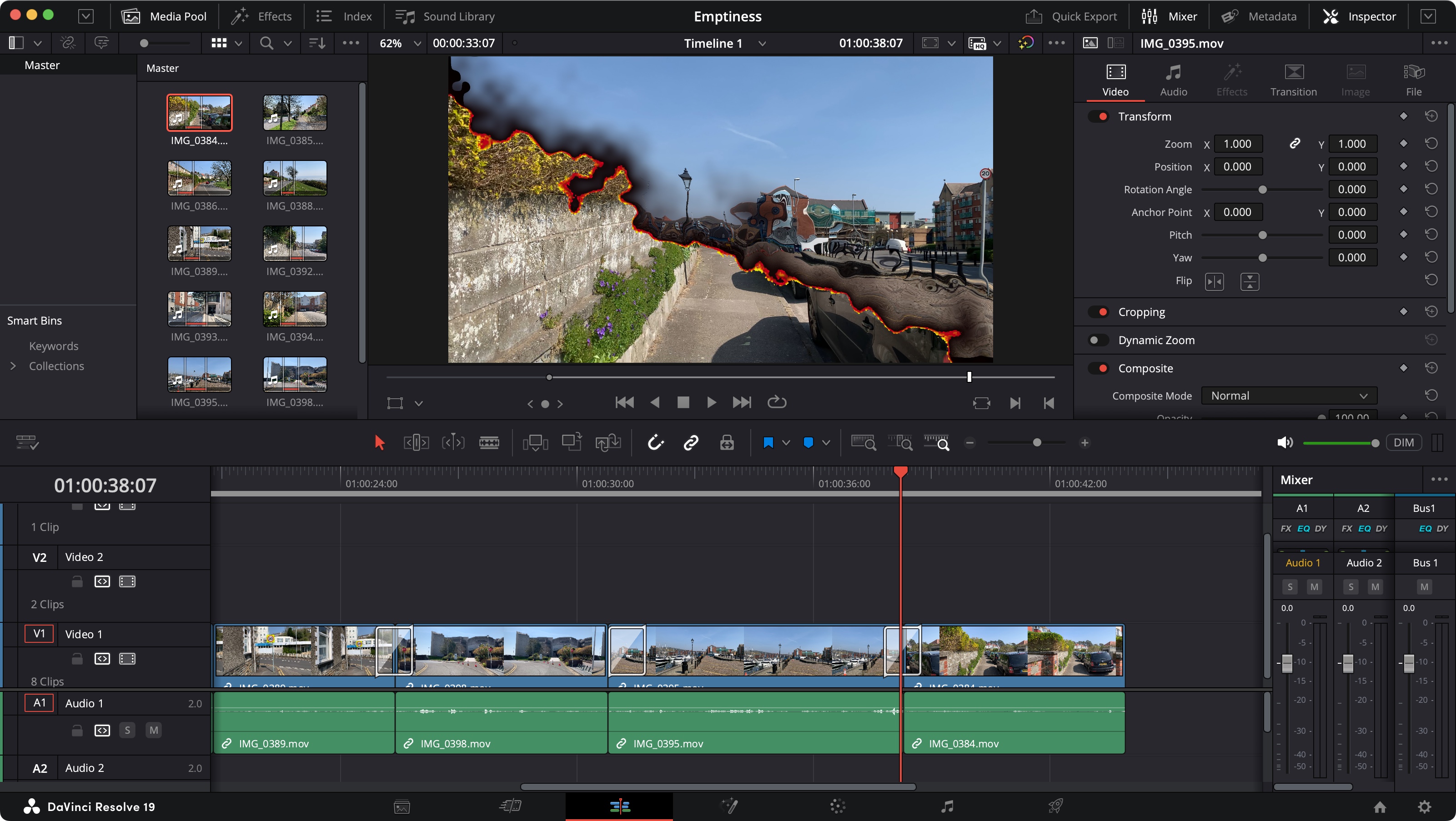How to design for millions of new users
Emerging economies pose both opportunities and challenges.
Freelance designer and frontend developer Ally Long has a particular interest in designing for novice tech users and people in emerging economies. We caught up with her to find out how to field-test interfaces for the next billion.
Who are ‘the next billion’ and what kind of devices do they use to access the web?
AL: 'The next billion' refers to the next big wave of people coming online in emerging economies. Most of us here in Europe, and in other developed economies throughout the world, are already online in some form or another. In the UK, for example, over 90 per cent of the population is connected. The deed is done; we’re on the grid. But that’s not the case in many other parts of the world.
You have far fewer people walking around with their heads in their phones in Lagos than you do in London. Same goes for São Paulo, New Delhi, Kinshasa – hugely populous areas with whole hosts of people who’ve never had access to the internet. This is changing constantly, though, and rapidly.
The cost of mobile data decreases, and the availability of cheap handsets (think second-hand Blackberry knock-offs) increases. Connected smartphones are bringing computing to many people for the first time, and changing the landscape of the internet in the process. Lagos is becoming quite a tech hub in West Africa – and it’s entirely possible that it could outpace London as a global technology centre in the not-too-distant future.
How do you design interfaces for people that are learning to use smartphones for the first time?
AL: You need to start with some good research – this is not an area where you can rely on gut feelings, or most of the body of literature around what constitutes good design and UX.
You can’t even rely on empathy, because it’s hard to even know where to start empathising with people who have such a different experience of technology and their environment than you do.
You’ll also really need to check your ego at the door, because the interfaces that tend to work best for these markets might not be what you think is nice design – we’re talking big font sizes and icons, high contrast, and clicky-looking buttons. You need to always approach this work as a series of problems that need to be solved with good design thinking, and don’t conflate a beautiful-looking interface with something that provides value to people.
And how do you improve the user experience for them?
AL: By making the app or site as lightweight as possible – both in terms of data usage and battery suckage. If someone has to pay a not-insignificant portion of their income to buy data, and perhaps also shell out cash to a charging station to power their device if they don’t have working electricity at home, then you need to treat that constraint with the highest degree of respect.
You should also regard being offline as the default status, and not an error. Allow users to do as much as possible without a connection, save things locally, and update or sync when the device is online.
What kind of UX and UI patterns and conventions that we may take for granted do not work for this new audience?
AL: A lot of navigation conventions don’t make much sense if you haven’t been exposed to the evolution of these conventions over time. Hierarchies or tree structures don’t seem to be very intuitive – in terms of navigation it’s better to stick to a linear pattern: forwards and backwards.
Gesture-based navigation and UIs are hard. People do learn them after some time, but it’s a steep learning curve. The idea of pressing buttons is more instantly understood.
What kind of user research and testing do you do?
AL: The key to good user research is to understand the context and the constraints. So for the public health projects I’ve worked on, I’ve shadowed health or logistics workers as they go about their tasks so we can figure out what will work best in helping them digitise their processes.
It’s important to get some background information too – I usually also ask them to show me their phones, find out what their favourite apps are, see how they use them, get a sense of their comfort level.
Testing is a bit of a different beast – it’s where you really get into the nitty-gritty of which UI elements present the least amount of cognitive strain. How fast can people get shit done, basically.
I’m working on a project with Field in Nigeria at the moment, and we have a great group of people we can test with. At the end of every two-week sprint, we release a new beta version of the app and ask our testers to try to complete specific tasks, observe the results, and document it in detail.

What are some of the main challenges you’ve witnessed on your field trips?
AL: Just getting from A to B can really test your patience. Whether it’s roads that become lakes in rainy season, an overloaded truck that’s overturned and blocked a main road for a whole day, potholes that’ll swallow a car, fuel shortages, bandits on the highways or other security concerns – it always takes a lot longer than I expect to get anywhere, and the same goes for everyone.
You’re often either waiting for someone to show up, or they’re waiting for you to show up. These infrastructural problems affect almost everything else too – poor internet connectivity, and lack of reliable electricity to charge devices makes technology slower for everyone.

What can people expect to take away when you talk about this subject?
AL: Mainly some very practical tips on how to cater for the next billion users in your designs and processes – how to account for the constrained resources, varying literacy levels, intermittent connectivity.
But I also hope to convey a sense of excitement, and engender some curiosity about this work – I don’t want people to think it’s all constraints and no fun. It’s fascinating, worthwhile, and rewarding.

Thank you for reading 5 articles this month* Join now for unlimited access
Enjoy your first month for just £1 / $1 / €1
*Read 5 free articles per month without a subscription

Join now for unlimited access
Try first month for just £1 / $1 / €1
Get the Creative Bloq Newsletter
Daily design news, reviews, how-tos and more, as picked by the editors.

Oliver is an independent editor, content consultant and founder of Pixel Pioneers. Formerly the editor of net magazine, he has been involved with the web design and development industry for more than a decade and helps businesses across the world create content that connects with their customers. He is passionate about content, user experience, accessibility and designing for social good.
